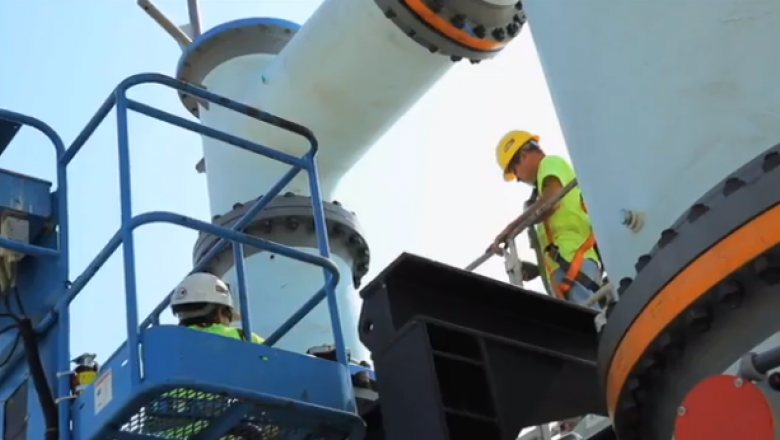
Unconventional gas extraction (UGE) or hydraulic fracturing is booming in many States across the US and indeed may be expanding worldwide. Generally, UGE entails injecting 3-5 millions gallons of water, a million pounds of sand and a several hundred gallons of chemicals through a horizontal well to fracture the shale rock which will then yields natural gas and sometimes oil. Researchers and communities have raised concerns about local environmental impacts, like potential chemicals spills, diesel exhaust and heavy truck traffic. However this discussion will focus on climate change impacts of UGE.
(See how the idea FlexEnergy Submitted on Making the Most of Methane)
Natural gas is displacing coal fired power plants to produce electricity and from an environmental standpoint, that reduces many air pollutants like particulate matter, sulfur and mercury. But one area that is not well understood is the life cycle greenhouse gas (GHG) emissions of UGE that could exacerbate global warming. It is true that natural gas emits around 30% less carbon dioxide (CO2) than coal when burned to produce the same amount of electricity. But there is another GHG in the UGE process and that’s methane. Methane is the main component of natural gas and it is 25 times more potent than CO2 as a GHG. Methane can escape to the atmosphere during the development of a UGE well and it leaks from various points in the natural gas pipeline. Some scientists say that enough methane escapes to the atmosphere during UGE that electricity made from natural gas will emit more life cycle GHG than coal to produce electricity. But the leakage rate is in dispute by industry who say the leakage is lower which makes it better than coal. In any case, technology innovations that captures and delivers the methane to the pipeline and reduce leakage rates would reduce life cycle GHG emissions of UGE.
(See our Bloomberg Piece on how Osorb wants to clean up natural gas waste water)
To truly assess the GHG emissions from any energy source, all upstream and downstream processes need to be accounted for in a life cycle assessment (LCA). For example, chemicals, water pumps and sand mining operations are upstream processes that emit GHG and should be factored into UGE. If a technology can reduce the chemical or sand usage in UGE or recycle water, the life cycle GHG emissions would likely be reduced. Some companies are using liquid nitrogen to reduce the use of water, which should serve to reduce water consumption and potential water contamination. In LCA, the GHG emissions from the production of liquid nitrogen would be factored in while reducing the GHG emissions for water trucks and pumps. It is important to measure all technology innovations through the lenses of LCA to support the most environmentally friendly innovations in UGE.
Please feel free to ask Dr. Peter Lapuma any followup questions below. Also, submit YOUR ideas on how you are moving the Planet Forward.

